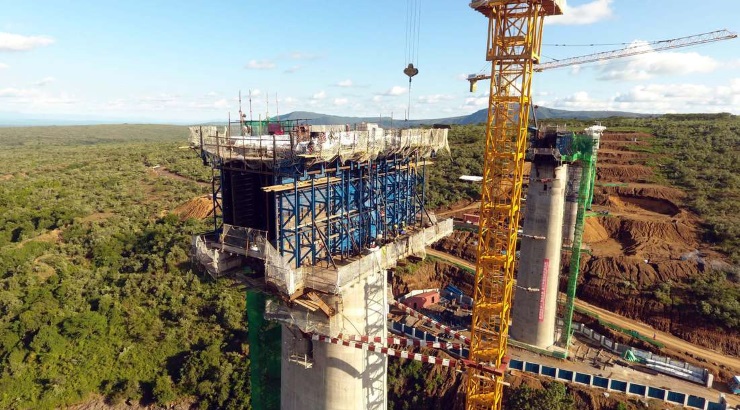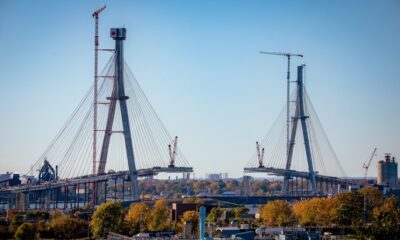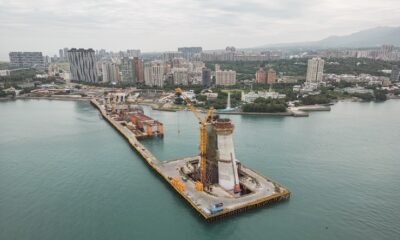Infrastructure
How Chinese engineers are building Kenya’s most challenging railway
They are using the hanging basket technique to overcome the topography challenges.

Incredible scenery and incredible dangers are both facing Chinese engineers as they implement the Nairobi-Naivasha standard gauge railway (SGR) – touted as Kenya’s most challenging railway project.
China Communications Construction Company, which is building 120 kilometres of rail lines over a tough Rift Valley terrain, is using the hanging basket technique to overcome the topography challenges.
According to CCCC’s public relations assistant manager Jasper Liu, the hanging basket method – which is popular among Chinese bridge builders – has been found to be the best option for the terrain when compared with other bridge construction techniques.
“In bridge construction, the hanging basket is a very important construction tool. The components include the hanging system, travelling system, bearing structure, anchor unit and operation platform,” Mr Liu said on Tuesday during a media tour of the project.
The hanging basket is basically a structure that is able to move along the top of the girder, anchored on the already completed pillar and the method is used to pour concrete symmetrically from two ends of a bridge to their respective middle span at the same time.
READ: Track laying underway for Nairobi-Naivasha railway
The Sh150 billion railway will go over cliffs and into four tunnels covering 7.756 kilometres tunneled through Ngong Hills.
The railway will have 27 bridges covering 17.3 kilometres, which is 14.4 per cent of total project length. Six per cent of the railway will comprise three tunnels spanning 7.14 kilometres.
The bridges will sit on concrete platforms some of which will stand 58 metres tall.
The project, which is slated for completion in June 2019, is financed by the Exim-Bank of China.
Dubbed Phase 2A, the railway will terminate in Naivasha and will be the first of the three sections that make up the second phase of the standard gauge railway that is expected to extend to Kisumu and terminate at Malaba.












